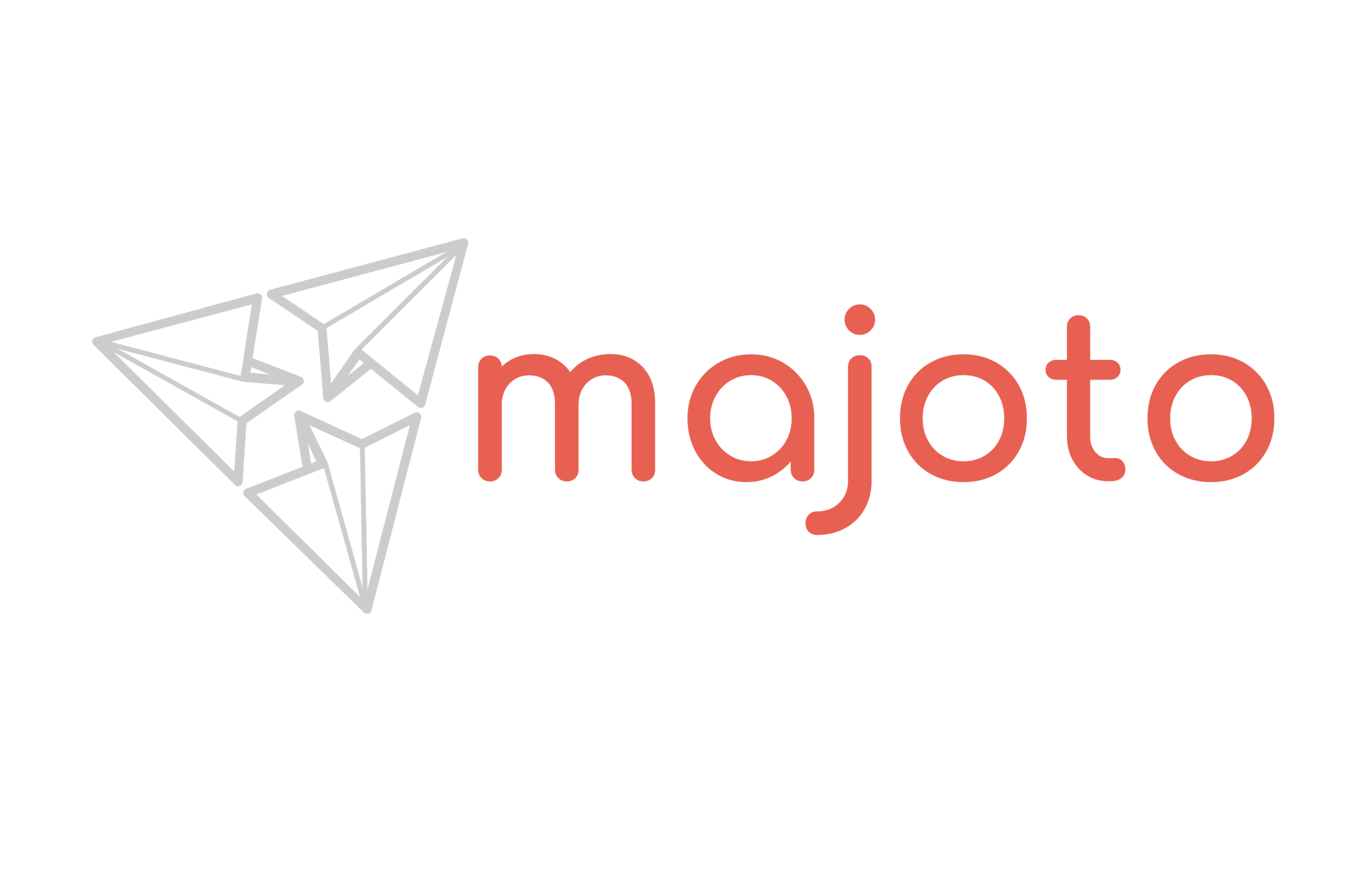Clarity is four dimensional
The contract journey is the last mile in business relationships. Yet it’s a dismal experience - that’s what we keep hearing and seeing. It’s a human and therefore a multi-dimensional problem, yet most of the time we see it being tackled in a one-dimensional way. That’s why it’s harder than it needs to be.
The painful last mile
In the Relationship Economy, customers and competitors are global and fickle. Automation and distancing is challenging the way we create emotional connections and build trust and loyalty. Relationships are more important than ever, yet harder than ever.
The contract process is usually the last mile in building relationships - a last mile of friction and eroded trust. There’s a growing perception among the people we talk to, that contracts are failing at relationships and the changing needs of business. When all the other functions are adapting to the new economy, Legal still seems to be holding things up: adding complications, creating bottlenecks and failing to align. Businesses hate that, and blame the lawyers.
Sound familiar? Why is that?
Well, building relationships is about bringing people together, getting them on the same page, creating clarity and getting to “yes” fast. We know that lawyers are working harder than ever to do that. But they’re fighting with the wrong tools, because traditional contracts and the process of getting to signature (whether that’s Word+email or automation tools that merely replicate that old process) do not create clarity and are not good at really bringing people together.
A multi-dimensional problem...
Here is what we keep seeing on the ground. When businesses and lawyers think about improving contracts, they focus on efficiency (automation) and sometimes risk (visibility, data). But those are supply-side tactics which do not fully address the problem of relationships (internal and external), which is a multi-dimensional human problem.
A contract (whether on paper or Word or in an editor inside an automation platform) is a flat, one-dimensional thing. The process around the contract is also often rather one-dimensional: template > draft > internal ping-pong > external ping-pong > signature > archive. Solving a complex problem like business relationships is tough if you’re doing it with a one-dimensional tool and a rigid linear process.
...needs a multi-dimensional approach.
To make contracts really work for relationships, you need clarity. But not just in the way the contract reads. Clarity across all the dimensions of the contract and the contract journey. This is how we visualise those dimensions at Majoto:
The Four Dimensions canvas (c) Majoto Lab Limited 2020
The Foundation is where we find that most professional effort is directed: templates, the drafting process, approvals, controls. Communication is often overlooked which is why businesses are so poor at talking to each other about the contract process: usually it’s just shooting a template at the other side and seeing if it sticks. This is why trust often takes a downward plunge once the legal discussions start.
Data and insights is understanding how you build relationships and how to do it better. The best technology will help you create structured content from the get go, so that getting that data out is easier.
Design is about turning flat dull pages into better content, through information architecture, language and visuals. It’s making contracts more human: creating clarity and an enjoyable experience.
Systems is about making the contract into something more than a mere record of the deal, a snapshot in time that’s outdated as soon as you sign it. It’s about flexibility over time, accommodating change events and supporting connected business tasks. It’s making the contract a more useful component in the deal lifecycle and the broader business ecosystem.
Creating a different experience
Both the low-hanging fruit and the long-term answers to the problem of contracts, is a better contract experience. Legal needs to be part of the solution, not the problem. But you can only do that if you work across all four dimensions - because your problems - and the solutions - are hidden inside each of them.
The right contract tools can give you the power to do this: to turn that painful last mile into an experience that people love.
Magic in four dimensions
Majoto works across the four dimensions: reduces noise to create simplicity, adds structure to make data simpler; helps you to communicate through repeatable visual design; makes lifecycle events a whole lot easier; and allows you to design tools to manage broader processes beyond signature.
In practice, this translates to removing frustrations and adding value - for both routine transactions and complex deals:
self-serve made really easy, so you can make the business more self-sufficient
real time structured collaboration at each stage of the process
modern designed contracts that people understand and love.
With Majoto, instead of starting with complicated templates, you can use visual tools to map out agreements and get early alignment. Instead of adversarial ping-pong, you can negotiate in a structured way in real time. Instead of a mass of unstructured emails and documents, you can keep everything in one place. Instead of legal being a gatekeeper, you can let the business regain the initiative.
Fast forward
To learn more about how Majoto can help Legal become part of the solution, pay us a visit at our demo page.

